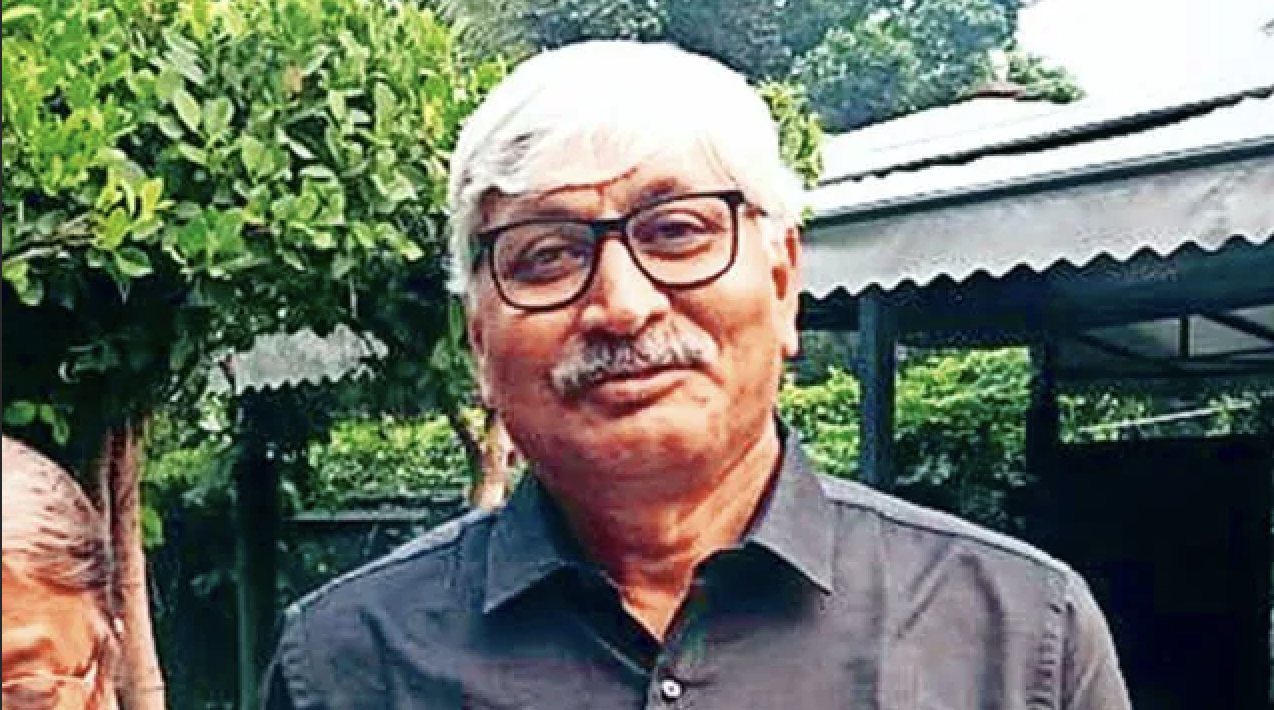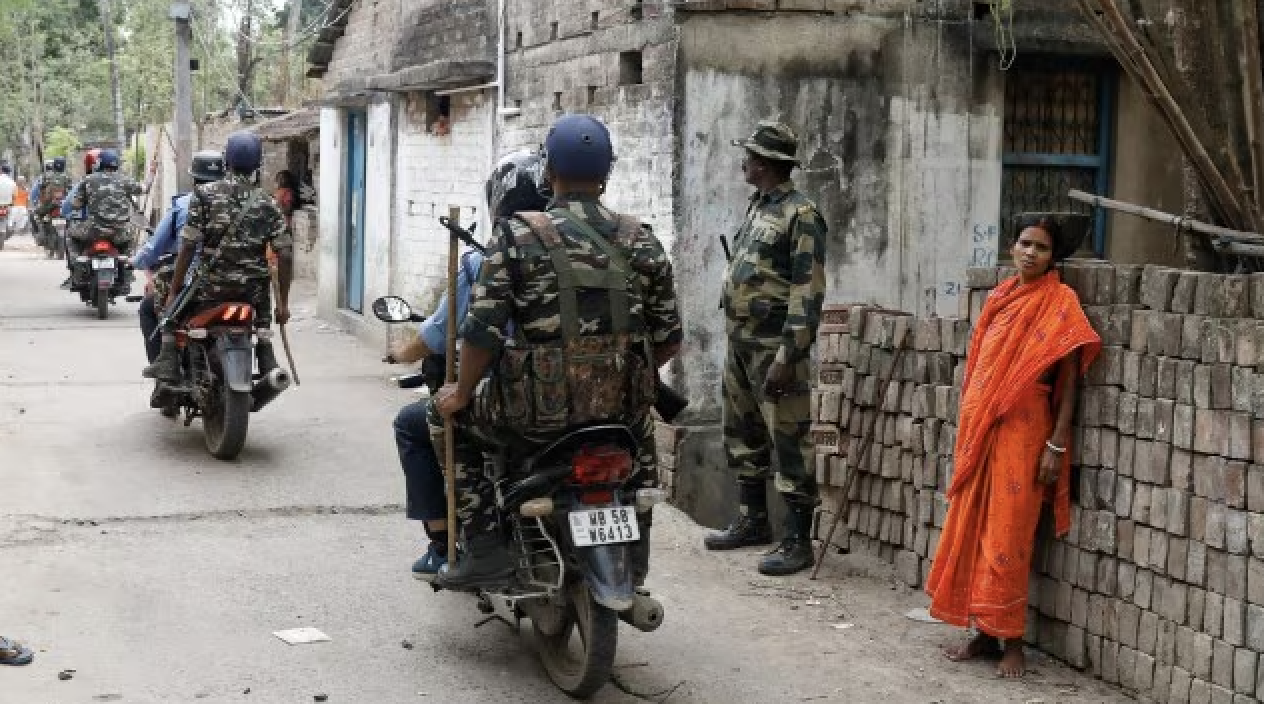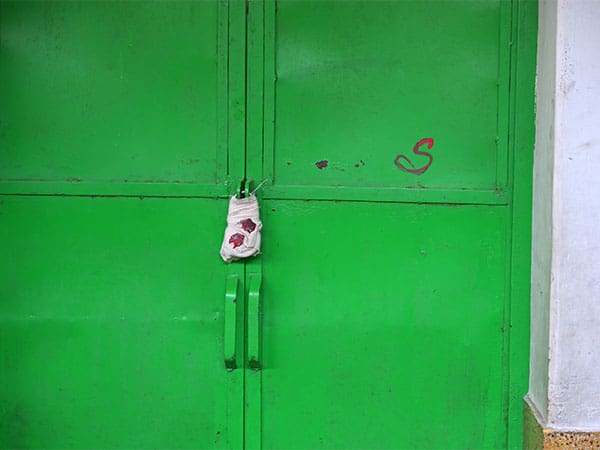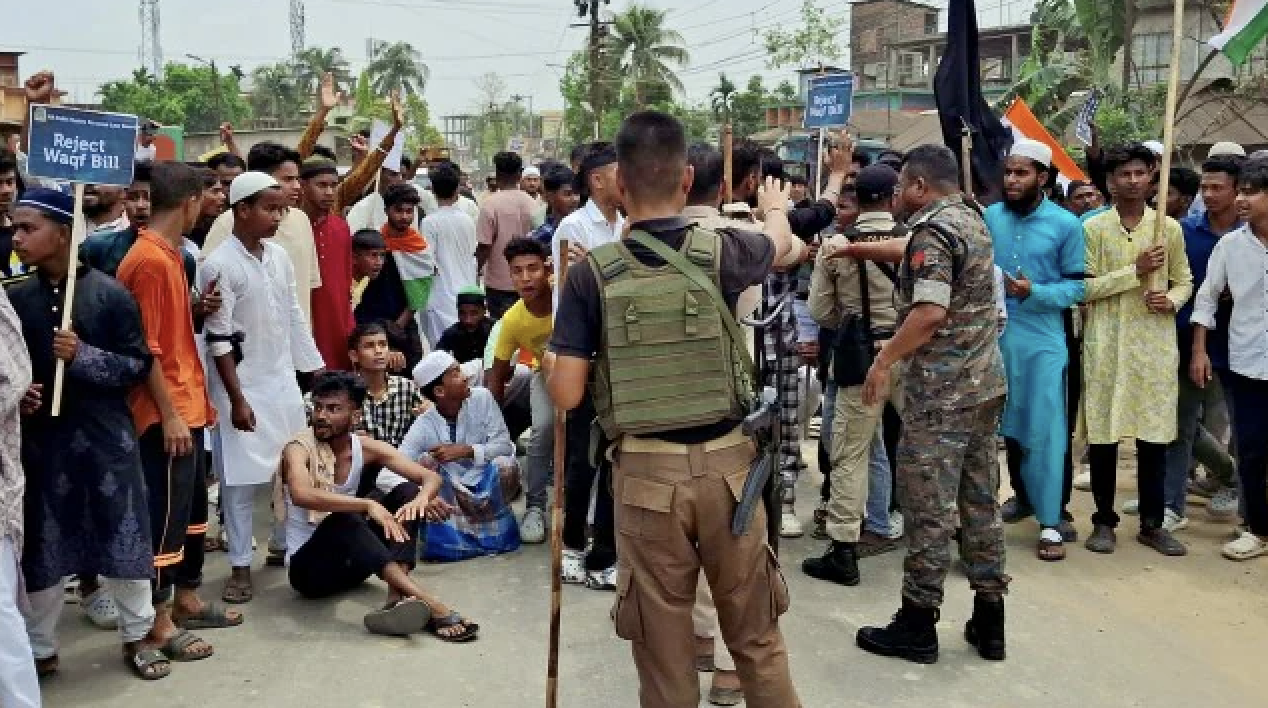
By Aparna Bhattacharya
Kolkata: Ram Navami celebrations in West Bengal were relatively peaceful this year.
That, in itself, is news. Peace is the keyword here.
Over the past few years, the festival has increasingly been associated with communal tension and street-level unrest. Processions featuring aggressive sloganeering, clashes between groups, and heavy police deployment had become a norm.
This year’s calm stood out. Many breathed a sigh of relief. Yet, this peace feels fleeting. The very need to celebrate peace as an anomaly, rather than an expectation, speaks volumes about the deepening divides that now define West Bengal’s political landscape.
The day began with West Bengal chief minister Mamata Banerjee setting the tone through an early-morning social media appeal for “peaceful” Ram Navami celebrations. Large-scale processions, adorned with saffron flags, chants of “Jai Shri Ram,” and armed displays became the stage of overt political theatrics with the Trinamool Congress (TMC) and the Bharatiya Janata Party (BJP) competing for visibility. That the TMC is actively getting into what was once seen as the BJP’s ideological turf was quite evident.
In Birbhum, TMC MP Shatabdi Roy joined a Ram Navami procession draped in a saffron “Jai Shri Ram” sash. Her conspicuous participation in scorching heat, just two days after skipping a vote on the Waqf Bill citing illness, sent ripples through her constituency, where Muslims constitute over 40% of the population. The move underscored the TMC’s strategic shift to court Hindu voters, even at the risk of alienating minority communities. This confidence likely stems from a calculation that aggressive Hindutva will again drive Muslim voters to polarise in their favour, as seen in 2021.
This story was originally published in thewire.in. Read the full story here.






